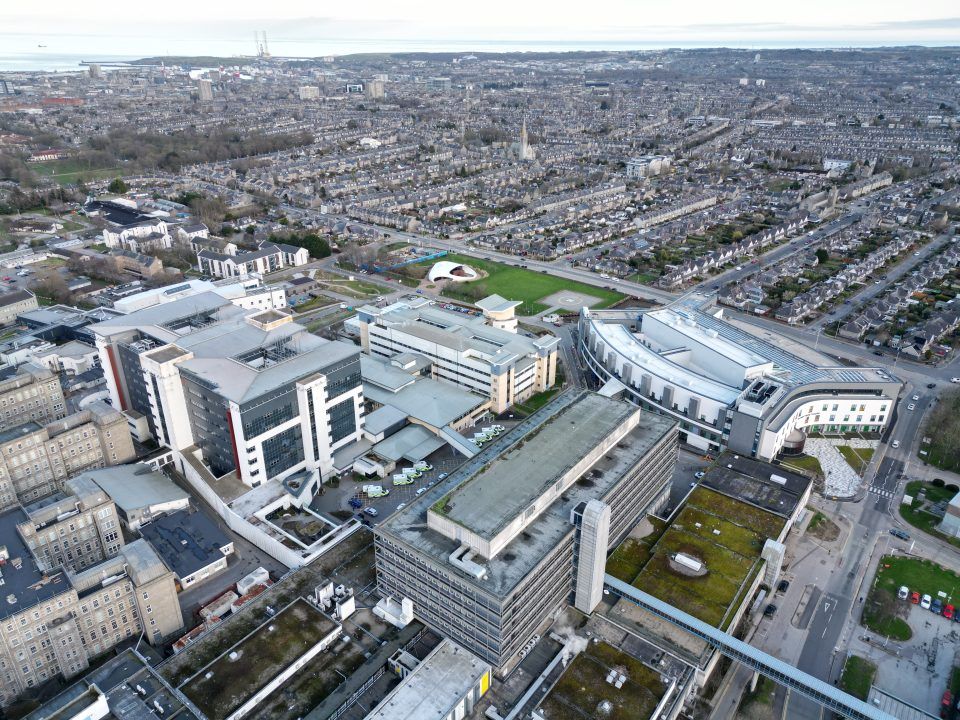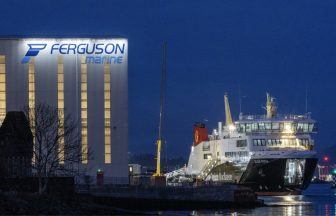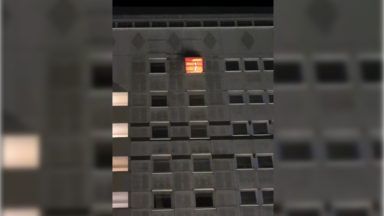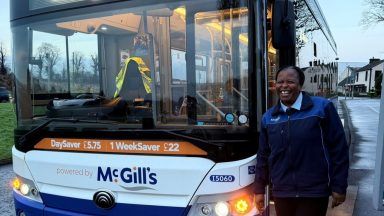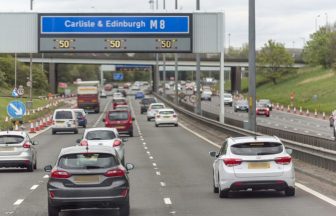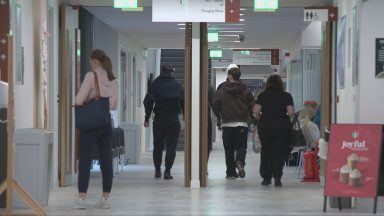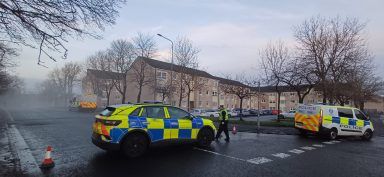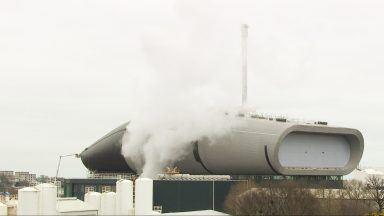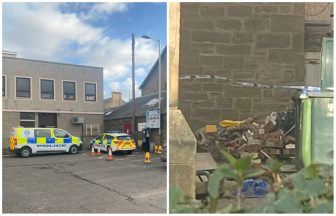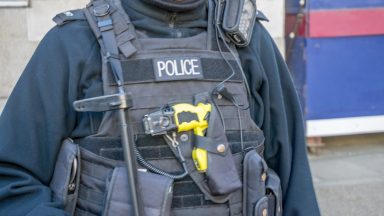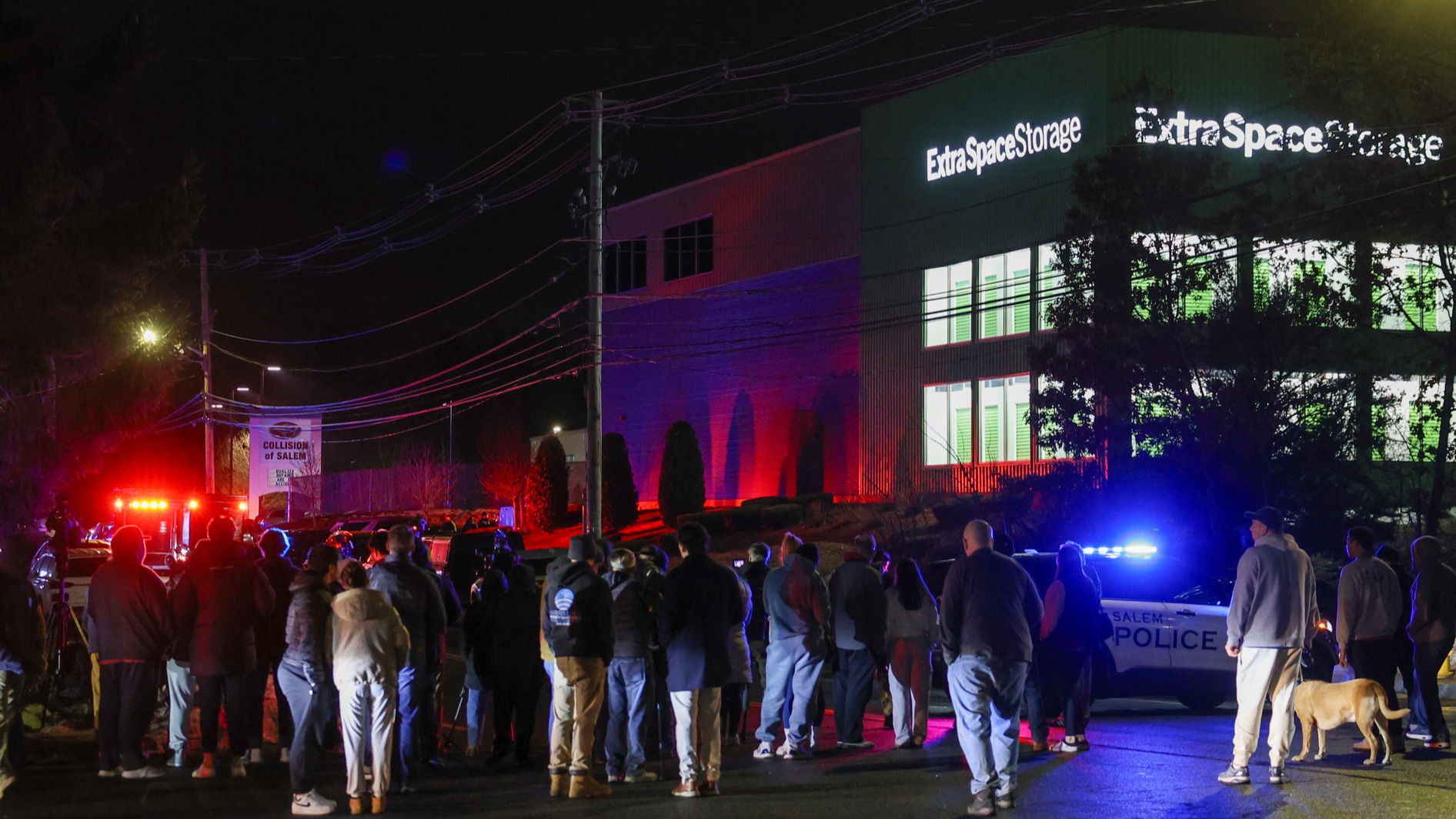Key Points
-
 Staff at Aberdeen Royal Infirmary say patients are being treated in corridors and back rooms due to extreme pressure on A&E.
Staff at Aberdeen Royal Infirmary say patients are being treated in corridors and back rooms due to extreme pressure on A&E. -
 Latest figures show only 39% of patients were seen within four hours, the worst waiting time performance in Scotland that week.
Latest figures show only 39% of patients were seen within four hours, the worst waiting time performance in Scotland that week. -
 NHS Grampian has the lowest number of acute hospital beds per head of population, with around 190 patients unable to be discharged daily.
NHS Grampian has the lowest number of acute hospital beds per head of population, with around 190 patients unable to be discharged daily. -
 Ambulance stacking and an “overspill” unit highlight the scale of capacity problems at the hospital.
Ambulance stacking and an “overspill” unit highlight the scale of capacity problems at the hospital. -
 The health board must save £62m this year, despite already being one of the lowest funded in Scotland per head of population.
The health board must save £62m this year, despite already being one of the lowest funded in Scotland per head of population.
Staff at Scotland’s busiest emergency department in the North East say they are being forced to treat patients in back rooms and corridors because there is nowhere else to put them.
Aberdeen Royal Infirmary’s A&E is operating at more than 110% capacity on average and has some of the worst waiting times in the country.
The latest figures show only 39% of patients were seen, treated and admitted or discharged within the four-hour target – the lowest in Scotland that week. More than 300 people waited over eight hours and 88 were left for more than 12 hours.
Dr Innes Crawford, an A&E consultant at the ARI, said: “Go back to Covid times when we were getting clapped on the streets to now, where some staff get booed going into waiting rooms because they’re waiting so long to get assessed.
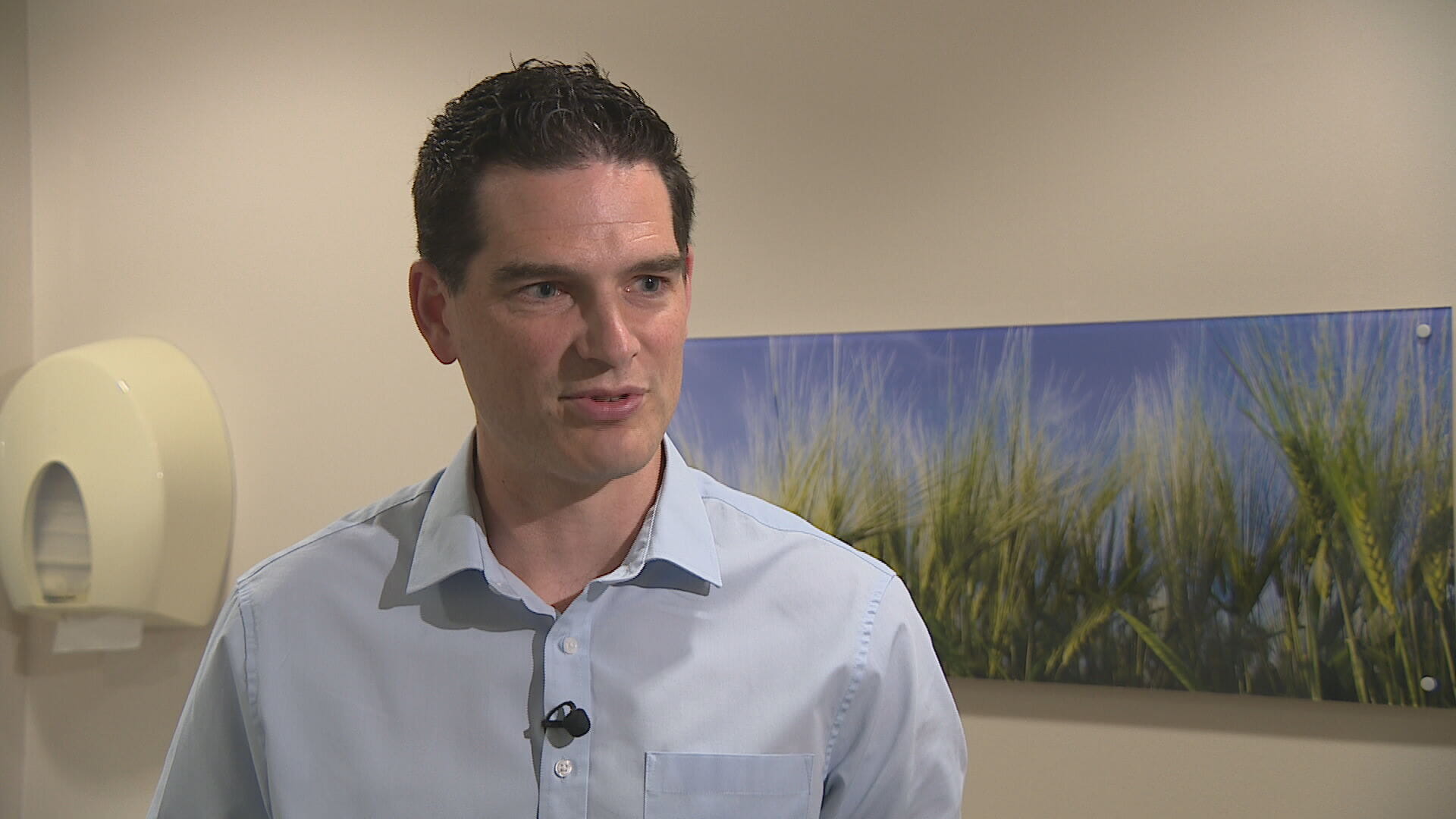 STV News
STV News“What people don’t see is the 20 or 30 folk we have in the waiting room as well as the ambulance that are stacking. We have patients waiting for beds to go in the hospital and we have patients waiting along corridors to get seen and accessed.
“We can only see so many folk at a time and equally if there are no patients flowing into the hospital then it’s really challenging to get new ones into bays. We’re trying to see patients in back rooms and corridors because that’s the only space we have to see folk.”
NHS Grampian has the lowest number of acute hospital beds per head of population in Scotland. On top of that, around 190 patients who are well enough to be discharged remain in hospital each day because there is nowhere else for them to go.
Dr Catharina Hartman, consultant in emergency medicine, said: “When you’re stuck in a system that feels like we’re constantly under severe pressure and unable to make changes to that system that just wears people down which just drives down that sense of disillusionment and helplessness.”
The challenges are also being driven by an ageing population and patients arriving more unwell after struggling to access care during the pandemic.
Catriona Robbins, chief nurse, said: “The level of activity hasn’t lessened since Covid. We’re seeing patients presenting who are maybe more unwell because they weren’t able to access care during Covid – that’s definitely a thing that’s happened since.
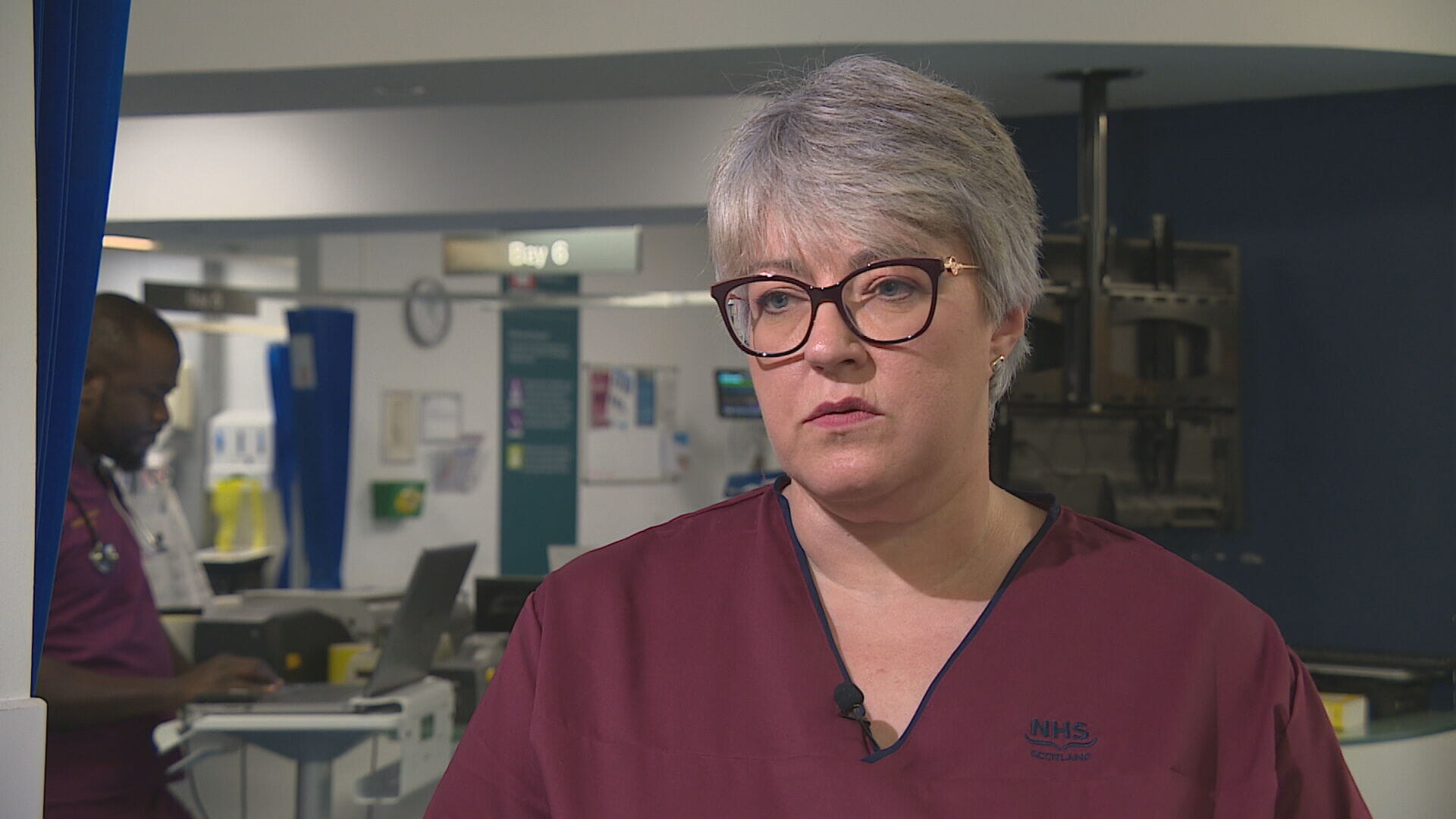 STV News
STV News“Our ageing population is growing and that’s having an impact on the level and number of patients that come through our departments daily.”
Inside the hospital, an “overspill” area with eight bays has been set up for patients who have been seen and treated but are waiting for a ward.
Patient Bob Beetie told STV News: “It was good because I never had to wait in ambulance, and I got straight in. I’ve gotten a good bed and they will be putting me up to the ward shortly.”
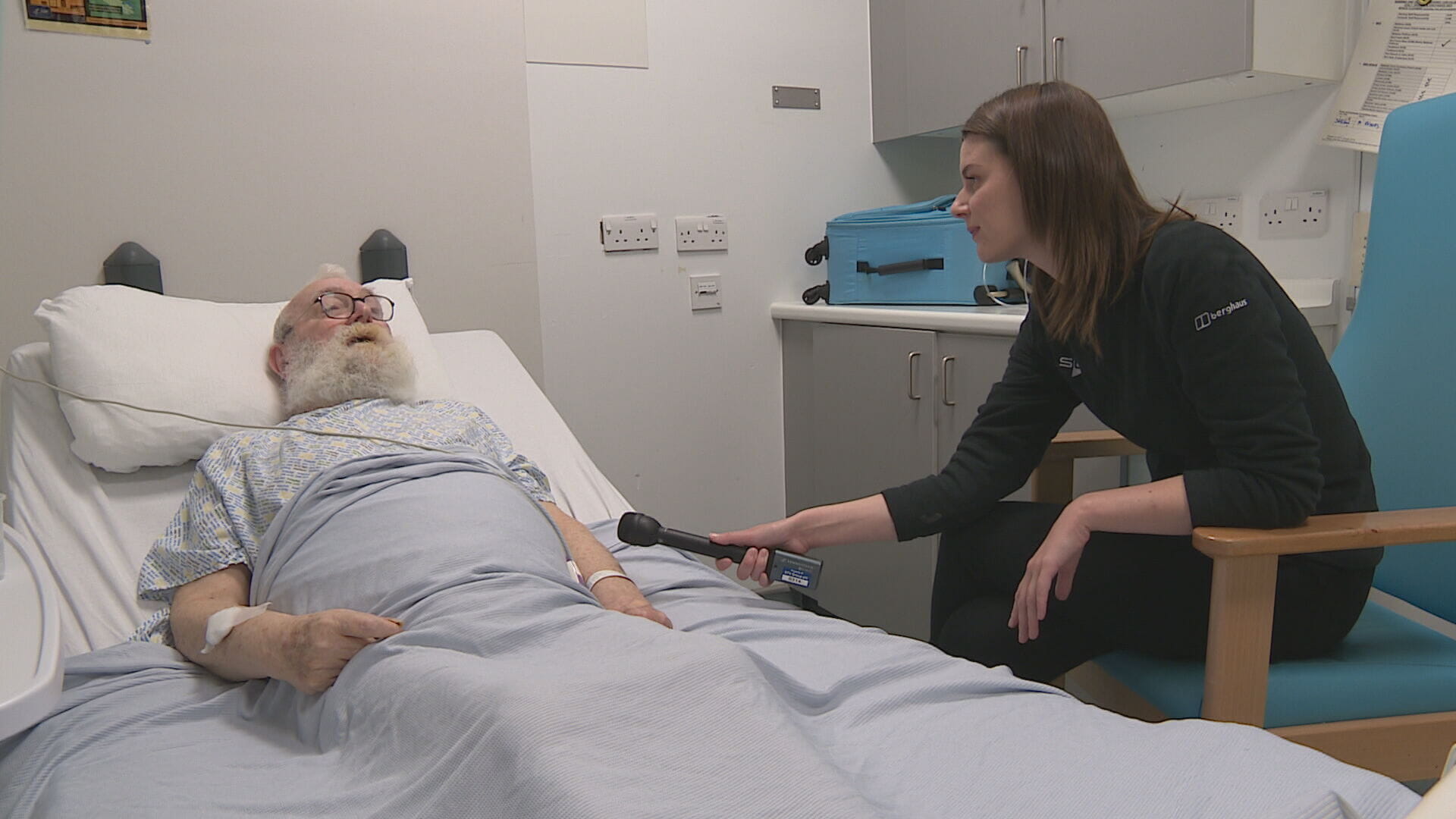 STV News
STV NewsOutside A&E, ambulance stacking has become common. The hospital has some of the longest turnaround times in the country. The Scottish Ambulance Service has described NHS Grampian as the highest risk to its service.
Dr Stephen Friar, portfolio medical director for medicine and unscheduled care at the ARI, said: “Ideally, we wouldn’t have an overspill area, ideally, we would be able to move patients through the hospital, but at the moment we don’t have that.
“We need to become more efficient and we need to become better at our discharge processes. If we can do that, overspill doesn’t need to exist.
“But it’s one of the things we have put in place, and this is one of the things we’re doing to keep patients as safe as possible and make sure they’re getting the care they need, when they need it.”
Alongside the pressures on the ground, NHS Grampian faces a financial squeeze. The board must save more than £62m this year, despite already being one of the lowest funded in Scotland per head of population.
Health secretary Neil Gray said the government remains focused on supporting staff and improving patient care.
He told STV News: “I’ve been able to see for myself on visits to Aberdeen Royal Infirmary the pressure they are under.
“There is a wider issue across the whole system that needs to be addressed and that’s why we’ll be working – not just with NHS Grampian – but across the whole system to ensure the unscheduled care pathway – across the ambulance service, general practice and social care – moves to a more sustainable footing.”
Follow STV News on WhatsApp
Scan the QR code on your mobile device for all the latest news from around the country


